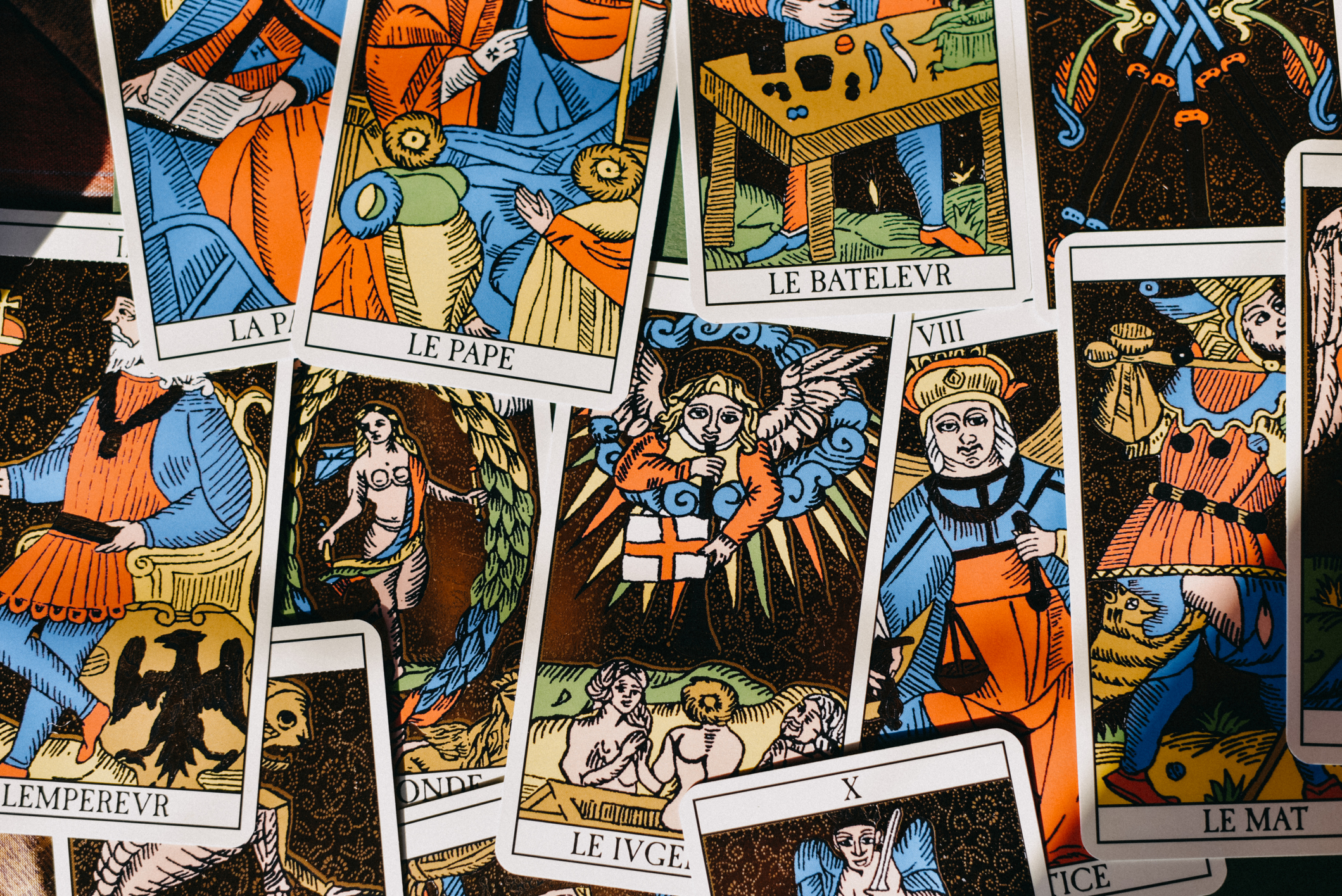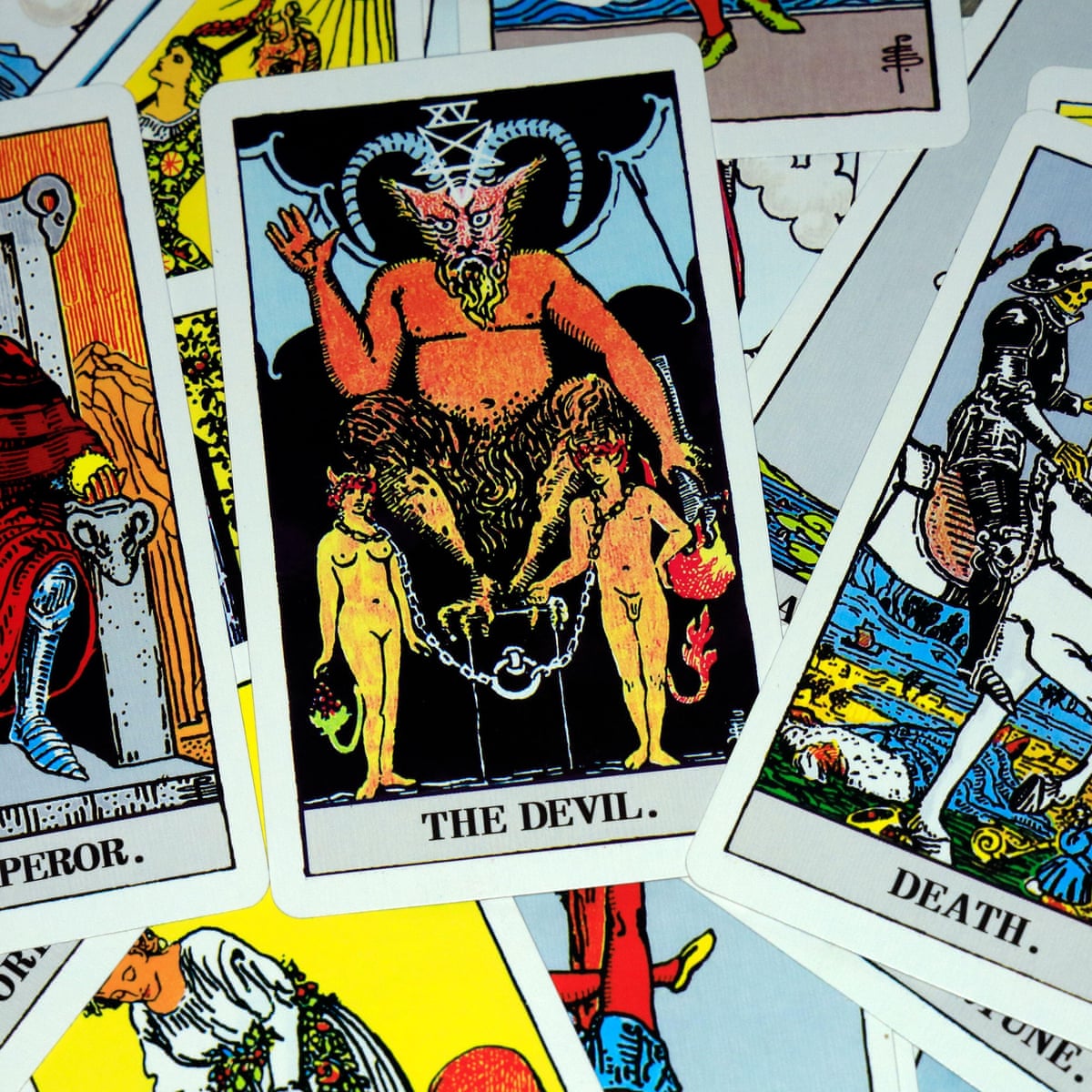So, I’ve been meaning to share this for a while now. I recently went down a rabbit hole, a really absorbing one, trying to create my own tarot card art. It wasn’t something I just woke up and decided to do on a whim; it’s been brewing for a bit, you know? I’ve always been drawn to the imagery, the stories in those cards.

Getting Started – The Big Idea
First off, the idea of making a whole deck, all 78 cards, felt massive. Seriously, just thinking about it was a bit much. I didn’t even know where to begin. I’m not a professional artist, not by a long shot, but I love to dabble. My first thought was, “Okay, I need a theme, something to tie them all together.” I spent a good few days, maybe a week, just brainstorming, sketching super rough ideas, scribbling notes. Lots of coffee was involved, let me tell you.
I decided I wasn’t going to reinvent the wheel completely. I wanted to stick to the traditional meanings mostly, but put my own spin on the visuals. The Rider-Waite-Smith deck was, of course, a huge inspiration, as it is for so many. But I also looked at tons of other decks, modern ones, old ones, just to soak it all in.
The Messy Middle – Tools and Trials
Then came the actual “doing” part. Oh boy. I initially thought I’d go fully digital. I’ve got a tablet, got some software. Seemed logical, right? Easy to undo mistakes. Well, I tried. I really did. But it felt… cold? I don’t know. Maybe it’s just me, but I missed the feel of paper, the unpredictability of traditional media. My first few digital sketches were stiff, and I just wasn’t feeling it.
So, I pivoted. I dug out my old watercolors and some nice thick paper. This felt better, but watercolors are tricky beasts! My first attempt at The Fool looked more like The Puddle. Frustrating, to say the least. There were a few evenings where I just packed everything away, thinking maybe this wasn’t for me.
- Sourcing the right paper – that took a few tries. Some buckled too much with the watercolor.
- Finding pens that wouldn’t bleed when I added color. A classic problem.
- Deciding on a consistent color palette. I wanted it to feel cohesive but not boring.
Finding My Rhythm
Eventually, I landed on a mixed media approach. I’d sketch lightly in pencil, then do fine line work with waterproof ink pens. After that, I’d use watercolors for the base colors and then build up details with colored pencils. This combo finally clicked for me. It gave me the control I wanted with the pens and pencils, but also the lovely texture and flow of watercolor.

Each card was its own little project. I’d research the symbolism, look at different interpretations, and then try to imagine how I wanted to represent it. Some cards came easy. Like, The Star, that one just flowed. Others, like The Devil or The Tower, were much harder. I think I redid The Devil three times. It’s tough to get those intense archetypes right without them feeling like a caricature.
The Major Arcana, those were the big emotional hitters. I spent way more time on each of those. The Minor Arcana, I thought they’d be quicker, but giving each suit its own distinct feel and making sure the progression from Ace to Ten made sense visually was its own challenge. The Cups were probably my favorite to work on, lots of flowing imagery.
The Home Stretch and What I Learned
It was a slow process. Some days I’d only manage to get the line art done for one card. Other days, I’d be in the zone and color three or four. There were definitely moments of “Why am I doing this?” especially when I’d smudge something or pick a color combination that just looked awful. But seeing that pile of finished cards grow was incredibly motivating.
When I finally finished the last card – it was the Ten of Pentacles, I think – I laid them all out on my floor. Seventy-eight little pieces of work. It was… a moment. A real sense of accomplishment, you know? Not because they’re perfect, because they’re definitely not. There are tons of things I’d change if I did it again. But they’re mine. I made them.
This whole thing taught me a lot about patience, more than anything. And about trusting the process. Sometimes you just gotta keep going even when you’re not sure how it’ll turn out. It wasn’t just about making art; it was about connecting with something older, something symbolic, and finding my own way to express it. Definitely worth the effort, even the frustrating bits.
